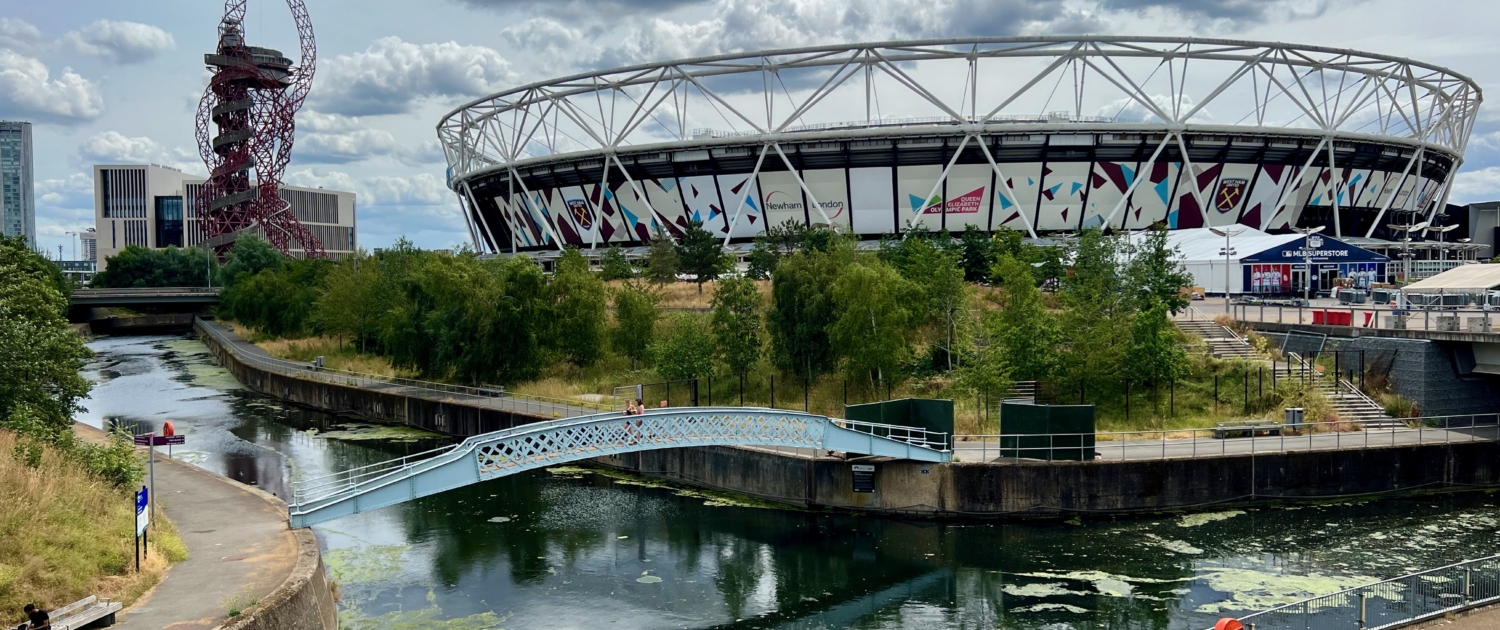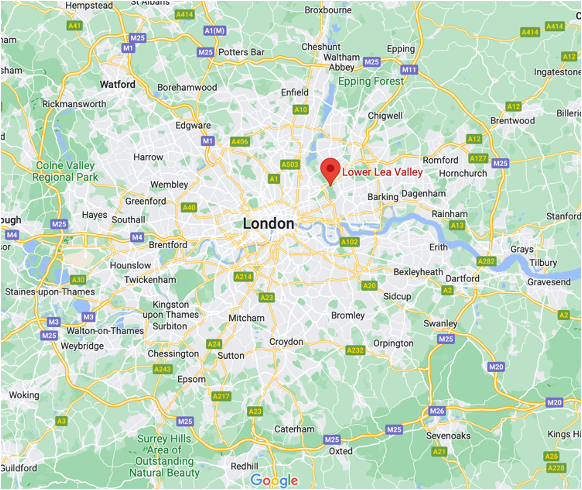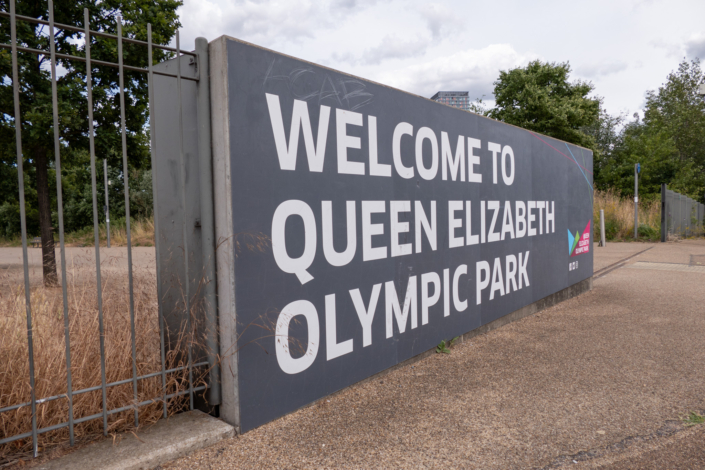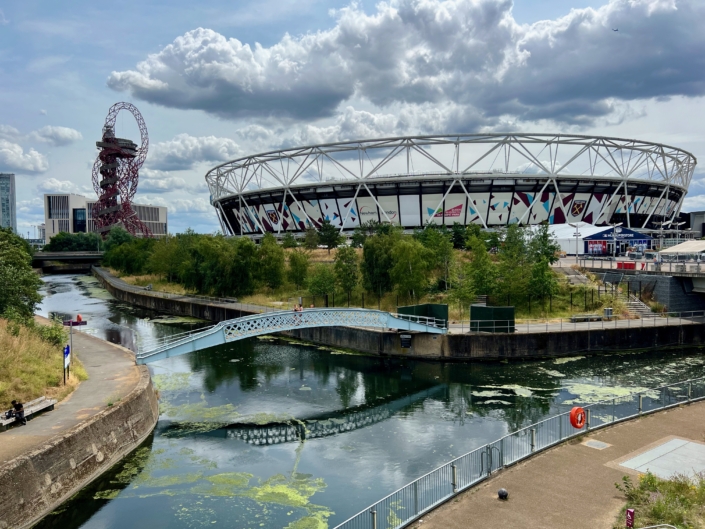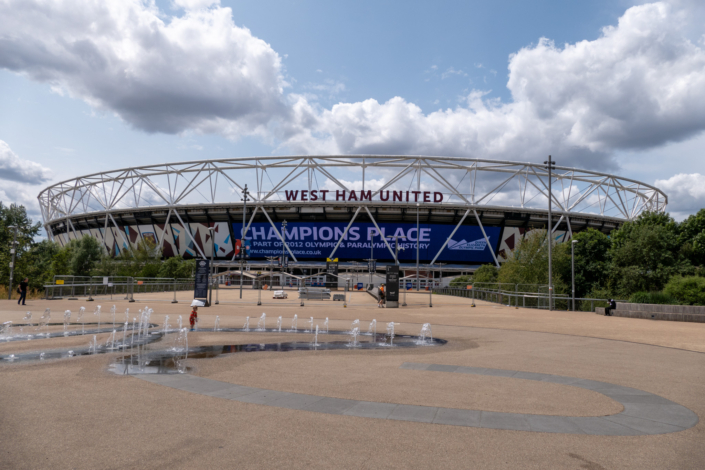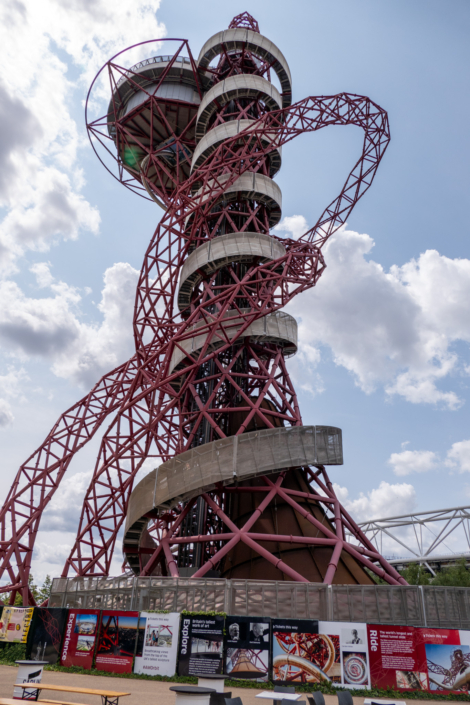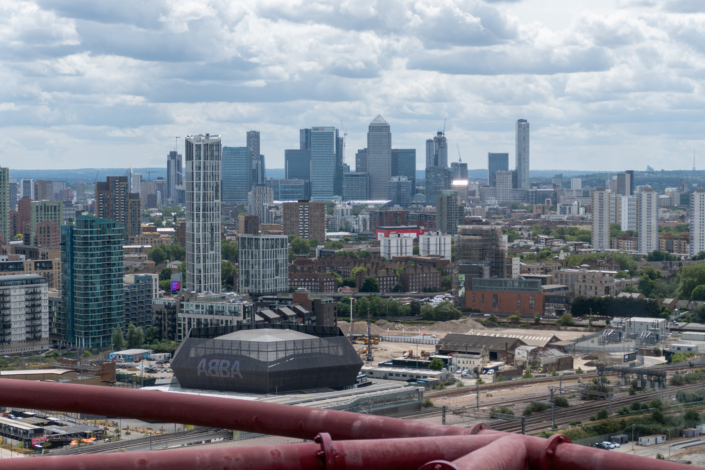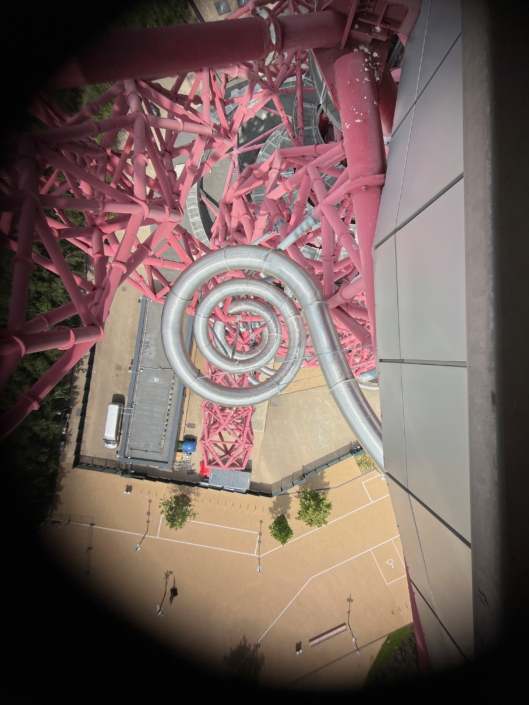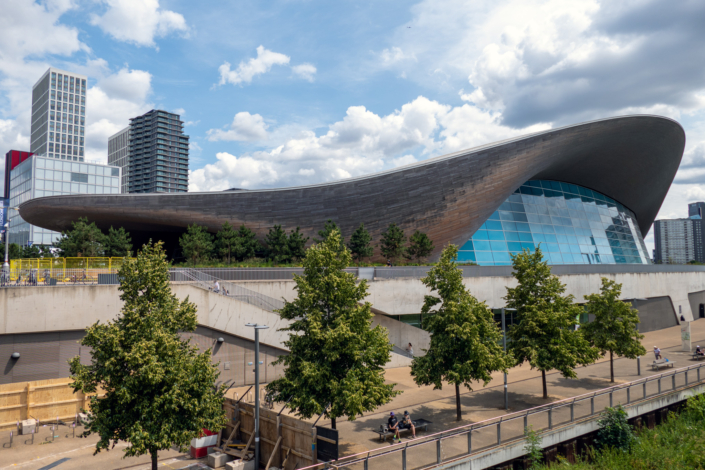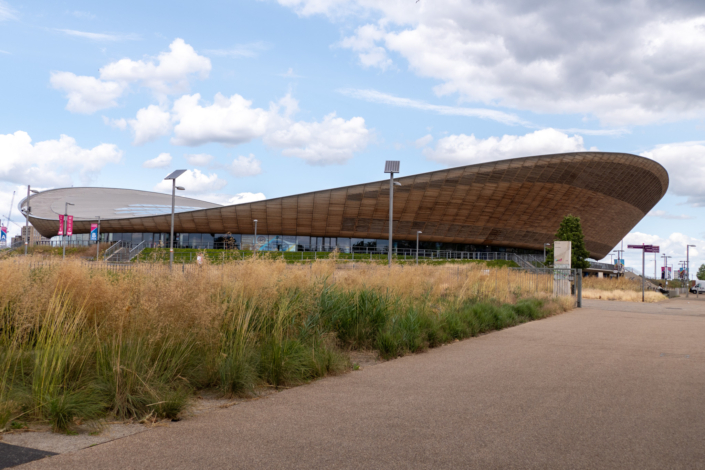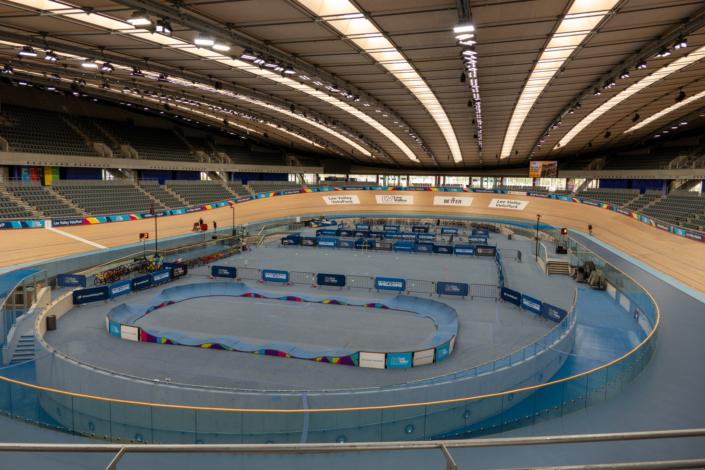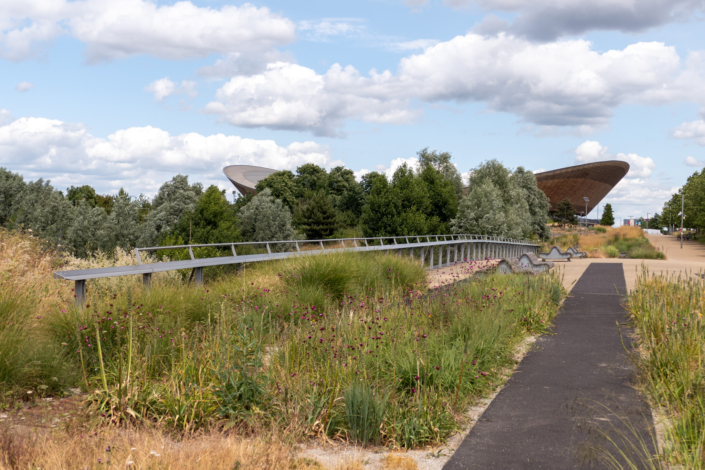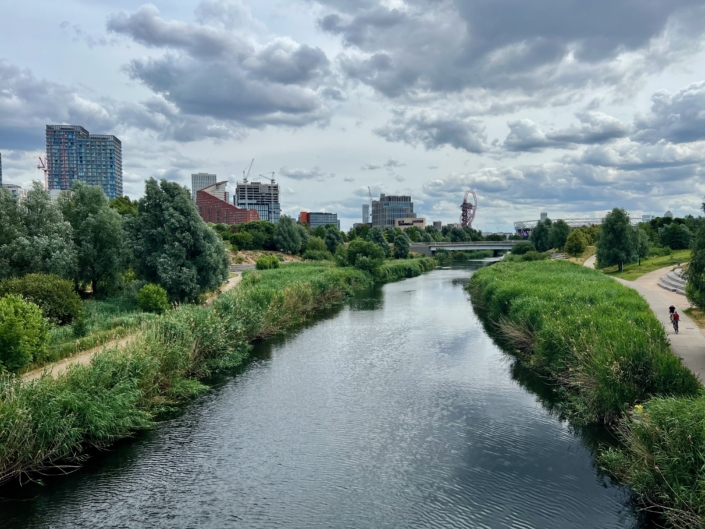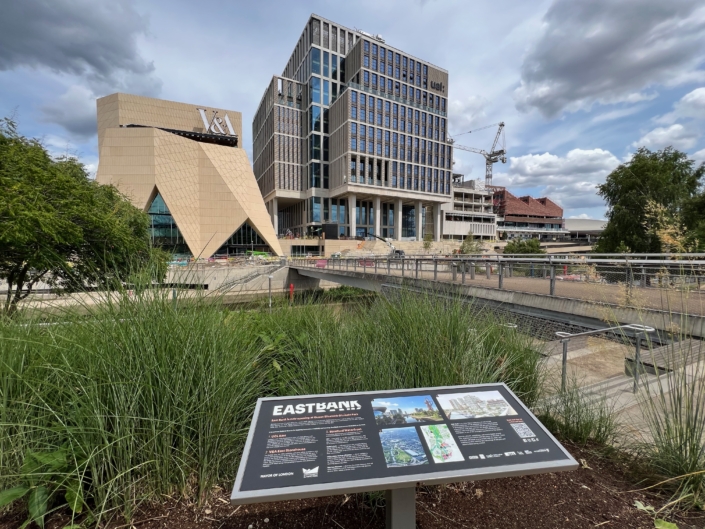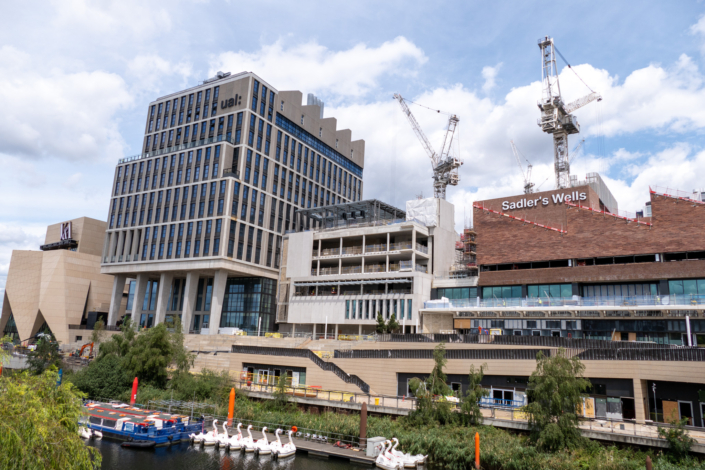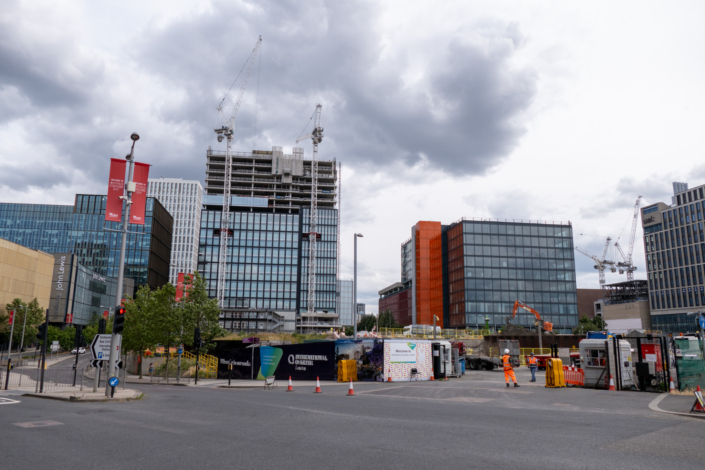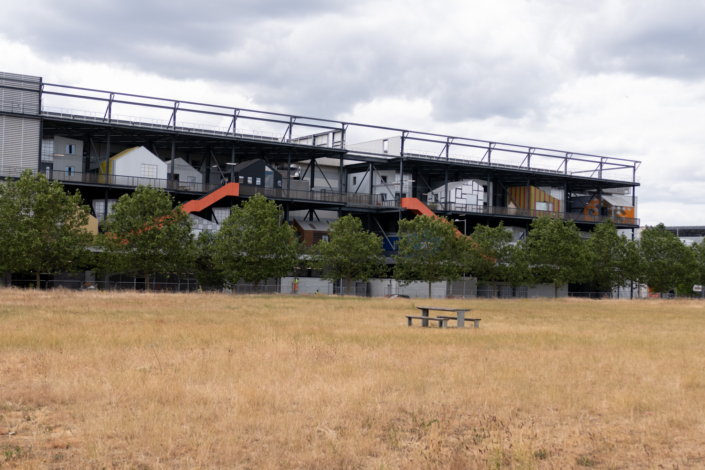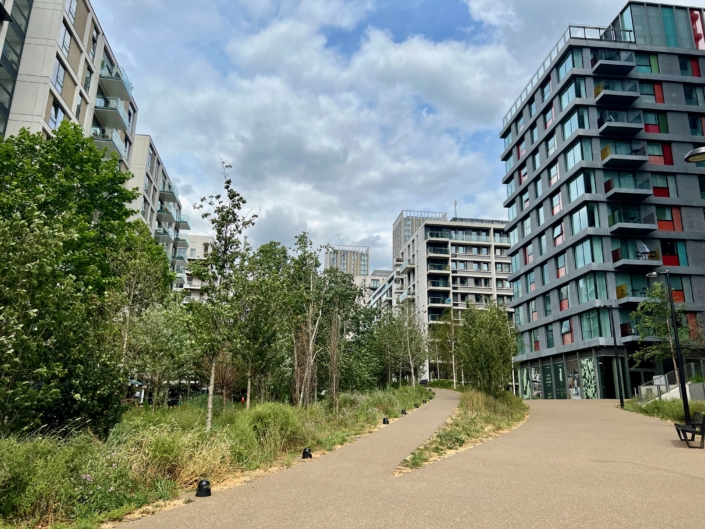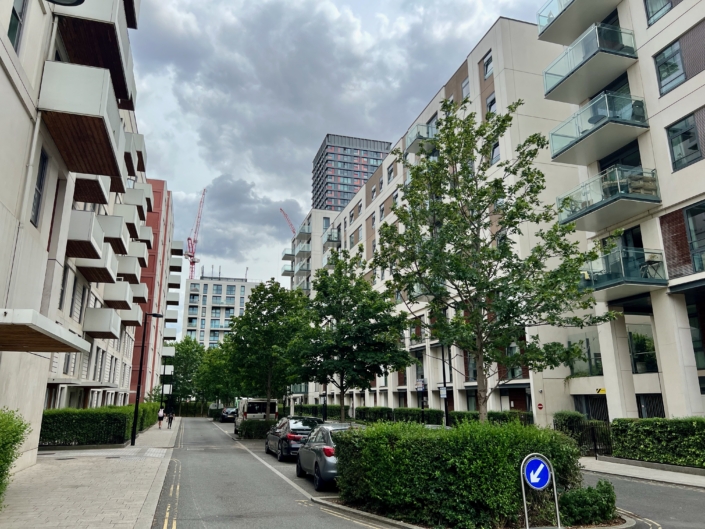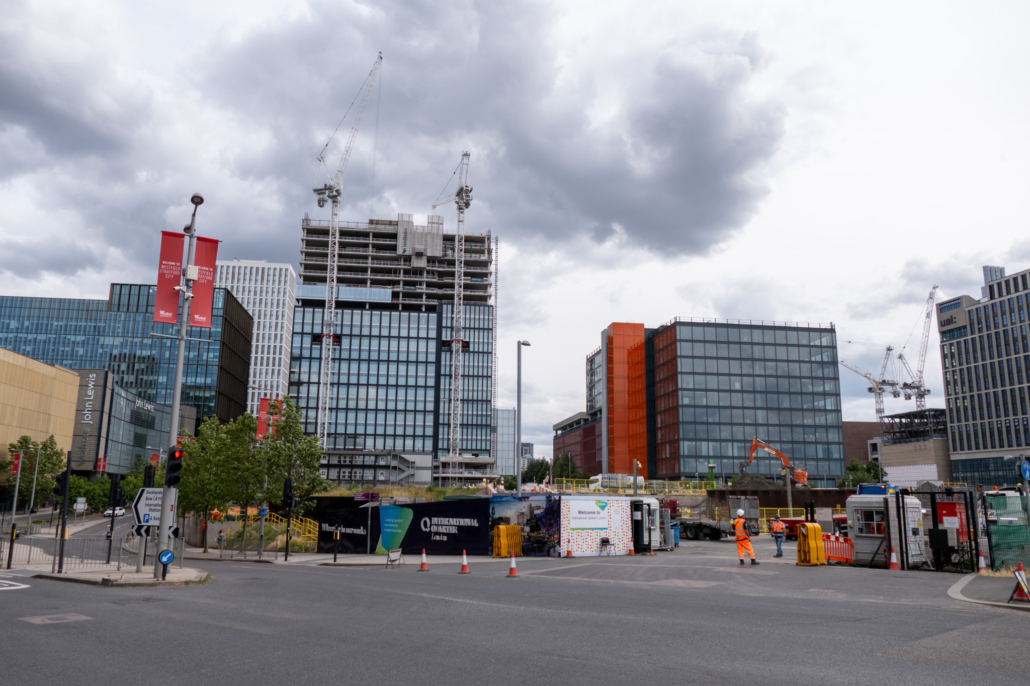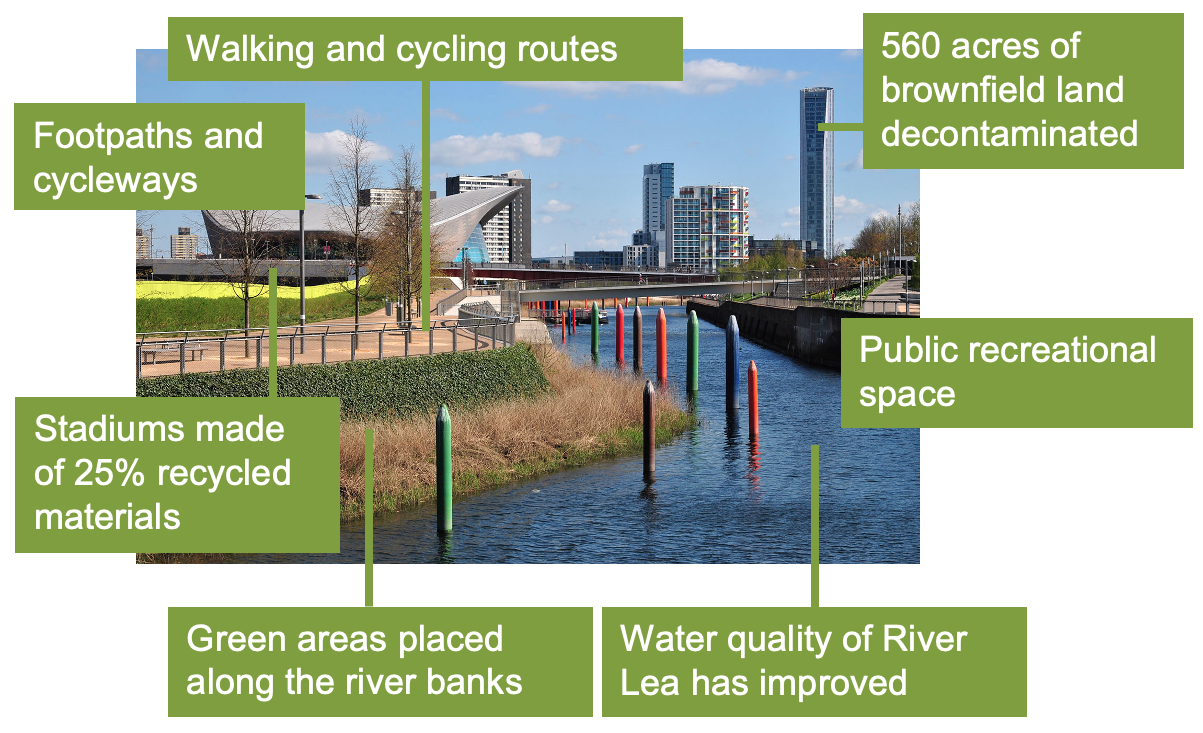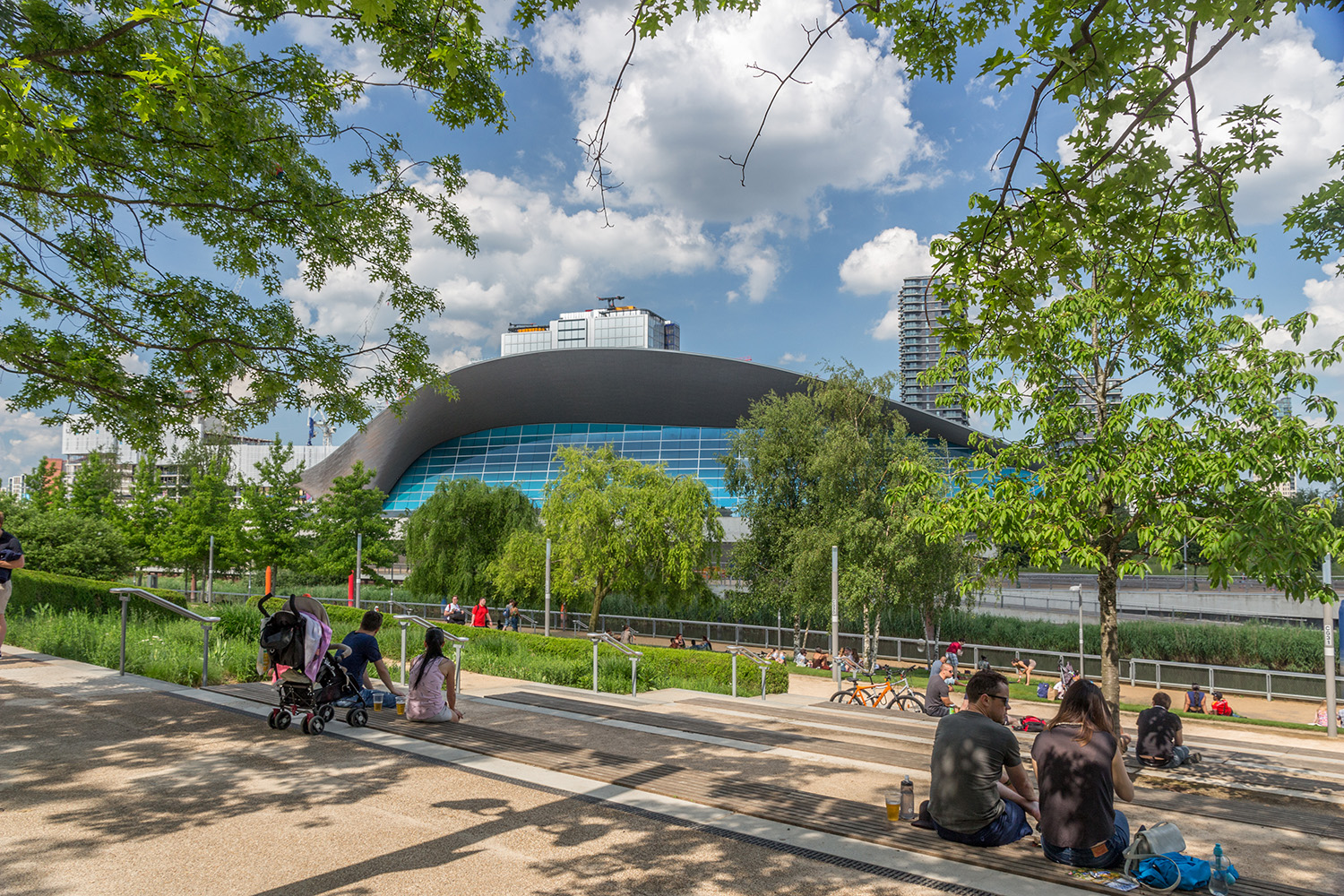Urban Regeneration in the Lower Lea Valley
Urban regeneration in London: Lower Lea Valley
The International Olympics Committee selected Stratford in the East of London, as the destination for the 2012 Olympic Games. The location for the games was the Lower Lea Valley in East London, situated north of the London Docklands and mainly within the Borough of Newham. The River Lea, a tributary of the River Thames, flows through the Olympic Park. Before the Olympics, the region was in dire need of urban regeneration.
What was the area like before regeneration?
Before the London 2012 Olympics, the Lower Lea Valley was an area of urban deprivation with many derelict industrial sites, poor quality housing and high unemployment rates, and chemicals badly contaminated the land and waterways. Previously the Lower Lea Valley was an important agricultural community known for potato growing and a country retreat for the wealthy from the City. The introduction of the railway saw the creation of the Royal Docks, leading to industrialisation.
Why did the area need regenerating?
The Lower Lea Valley desperately needed regeneration after the docks and manufacturing industries were closed. The area was one of the most deprived communities in the country, where unemployment was high, educational achievement was low, and there was a high incidence of poor health amongst the population. The area needed more infrastructure, and the quality of the environment required improvement.
The bid for the 2012 London Olympics was successful, partly because of the plan for Stratford to be used during the games and the area’s regeneration for local people to use after the event. The park was named the Queen Elizabeth Olympic Park after the Olympic Games.
The development of the Olympic Park began in 2007. Many factories and businesses in the area had already closed down, and some parts of the land were abandoned and covered in weeds. However, the space around the River Lea wasn’t empty.
One section of the site was a busy industrial area where many companies focused on recycling and fixing vehicles. There were also two areas with many factories, a small neighbourhood with houses, and a brand-new train station called Stratford International. The main reason there were few houses in that area was that the Lea Valley flooded quite often.
What challenges needed to be overcome to regenerate the site?
Building the Olympic Park in just five years, from 2007 to 2012, was an impressive accomplishment.
Before construction could start, several challenges had to be overcome:
- First, all the land had to be brought together under one new owner, the Olympic Delivery Authority (ODA), which the government established.
- Then, the people who owned or used the land before had to leave the area by 2007. There were protests by some local people, though the ODA eventually bought the land from them.
- Past industries polluted parts of the land, so they had to remove the contaminants before beginning construction.
- Approximately 110 hectares of brownfield land was reclaimed.
- Overhead electricity cables were buried below the ground.
- Since waterways and railways were all over the site, they built bridges to connect everything and make moving around easier.
How was the area regenerated?
Preparation of the site involved:
- The demolition of old factories, industrial estates and homes.
- The clearance of derelict and overgrown sites.
- Electric pylons and overhead cables were removed with wires going under the ground.
- Contaminated soil and waterways were cleaned up.
The regeneration included:
- The construction of new sports venues, including the Olympic Stadium (renamed to the London Stadium after the Olympics and now home to West Ham United), the Aquatics Centre and Velopark, which are open to the public and used by schools.
- Setting up the London Legacy Development Corporation (LLDC), which is responsible for transforming and integrating one of the most challenged areas in the UK into world-class, sustainable and thriving neighbourhoods to make the Olympics legacy a reality.
- The Olympics media centre has been renamed Here East and is a hub for creative industries, employing 5,000 people.
- A landscaped park with natural habitats and a range of tourist attractions. The Queen Elizabeth Olympic Park is the largest new park in London, with over 100 hectares of open space.
- The Athlete’s Village, used by Olympic competitors, was converted into residential accommodation. Known as East Village, it provides 2,800 homes for locals and people who have moved into the area.
- Developing the International Quarter, a new high-rise office development employing 25,000 people.
- The East Bank development is a new cultural centre for London, home to organisations such as BBC Music, Sadler’s Wells Theatre, London College of Fashion and the V&A Museum.
The video below shows a timelapse of the redevelopment.
Lower Lea Valley Photogallery – June 2023
What economic changes have taken place?
The Olympics generated £9 billion in extra income for the UK from the sale of buildings after the Olympics. Additionally, unemployment fell overall across London during the Olympic period. There has been a significant infrastructure improvement, with new homes, schools, and transport to connect the area to the rest of London. New jobs in construction and tourism have created a multiplier effect. By 2030 there will be 20,000 new jobs, bringing £5 billion to the local economy. The total bill for the Olympics was £8.77 billion of taxpayers’ money. (£5 billion over budget).
What environmental changes have taken place?
The Olympic bid was partially successful because of its focus on sustainability. The park is designed to be sustainable in several ways that are good for the environment. For example, there are walking and cycling paths to encourage people to use non-polluting modes of transportation. Public transportation options make it easier for people to get around without using cars. There are bike hire points around the park, making cycling accessible.
The homes in the park are designed to use water efficiently, essential for conserving this valuable resource.
Additionally, the park aims to protect green areas and the natural homes of plants and animals, ensuring the preservation of habitats.
The parklands reflect the River Lea’s place at the heart of the area, with acres of wetlands and riverside meadows home to hundreds of different birds, waterfowl and amphibians.
However, during the redevelopment, 3.3 million tons of CO2 were created. Wildlife, such as newts, toads and lizards, had to be relocated. Finally, many of the stadiums and Olympic Park materials came from overseas.
What social changes have taken place?
Ten thousand new homes will be built in the park by 2030; 40% are affordable. Three thousand are the former Athlete’s Village (now East Village). A further five new communities with 8,000 new homes are planned by 2030. A new academy, accommodating 1800 pupils aged 3 to 18, is now on the site.
The community, schools, and elite athletes can use the aquatics centre and velodrome facilities. Also, a new bus station has been constructed next to the Stratford underground station, improving connectivity. The new Queen Elizabeth line also serves Stratford.
The parkland, which is free to access, contains beautiful gardens, wildlife walks and award-winning playgrounds, providing an ideal open space for locals and visitors to spend their leisure time.
Local waterways have opened up for leisure and recreation.
Related Topics
Use the images below to explore related GeoTopics.

